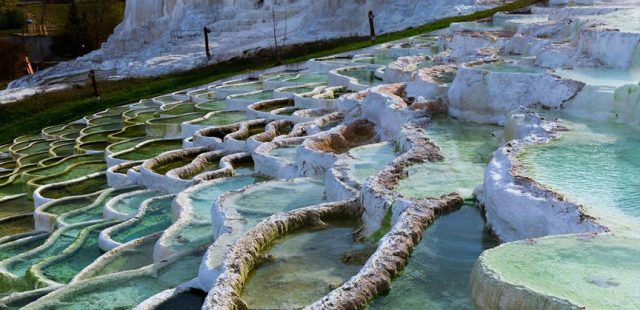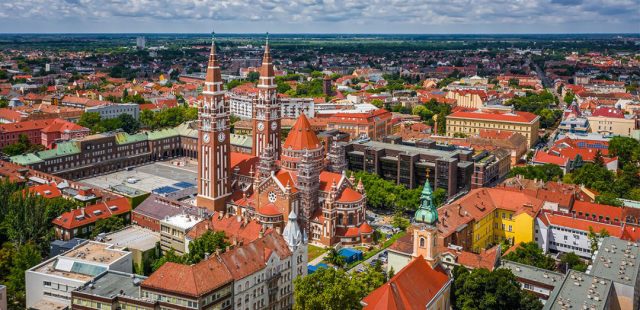
The Széchenyi Chain Bridge is an icon of Budapest’s history and culture. This historic bridge, which opened to the public in 1849, spans the grand Danube between the Buda and Pest neighborhoods of Budapest. The bridge, which was a major turning point in the city’s architectural development, was designed by the renowned English engineer William Tierney Clark. Its construction represented the successful merger of two previously separate areas of Budapest, and it now stands as a symbol of the perseverance of the Hungarian people throughout the ages.
Overcoming Adversity
The Széchenyi Chain Bridge has stood the test of time and endured many obstacles. The bridge has endured wars and seen political revolutions, yet it continues to be a symbol of perseverance and solidarity in the face of hardship. Iron links that were once a feat of engineering innovation are still holding strong against the elements. The bridge has survived all of Budapest’s hardships and serves as a vital link between the city’s rich history and its thriving present.
Széchenyi Chain Bridge: A Marvelous View
The Széchenyi Chain Bridge is breathtaking to behold from afar. Visitors and residents alike are awed by its beautiful arches and ornate details. As night falls, the bridge’s lights come on, spreading a golden glow across the river and producing a picture-perfect scene that perfectly reflects Budapest’s unique charisma. The bridge is a popular photo op since it captures the unmistakable beauty of the city.
A Symbol of Love and Tradition
The Széchenyi Chain Bridge has become significant to the Hungarian people for more than its architectural significance. The bridge has seen generations of lovers promenade and declare their feelings for one another. Padlocks, symbols of an unbreakable link and devotion, are still attached to the rails of the bridge by young couples today. Like the sturdy construction of the bridge, this sweet gesture is a constant reminder that love may last forever.
Crossing the Gap in Fiction and Film
The Bridge has been an important symbol in Hungarian art for many years. Many works have used it because of the feelings of nostalgia, togetherness, and national pride it inspires in its readers. Famous Hungarian authors and filmmakers have used the bridge’s significance to create captivating stories that highlight Budapest’s historical and cultural diversity.
Today’s Széchenyi Chain Bridge
The Széchenyi Chain Bridge is still a popular destination for tourists and a vital part of the city’s identity. The bridge’s continued use as a critical link between Buda and Pest has contributed to the development of a shared feeling of community and history between the two cities. The bridge will be preserved for future generations to admire because of the ongoing maintenance and preservation initiatives.
Finally, Széchenyi Chain Bridge – an Icon That Will Last Forever
The Bridge is more than just a bridge; it is an integral part of Budapest’s history and culture. It is a symbol of the solidarity and fortitude of the Hungarian people since it connects two disparate parts of the city. Because of its timeless beauty and historical significance, it has become a much-loved monument and never ceases to astound and amaze all who come into contact with it. Whether it’s a quiet nighttime stroll or a hectic morning commute, the Széchenyi Chain Bridge in Budapest never fails to impress.









